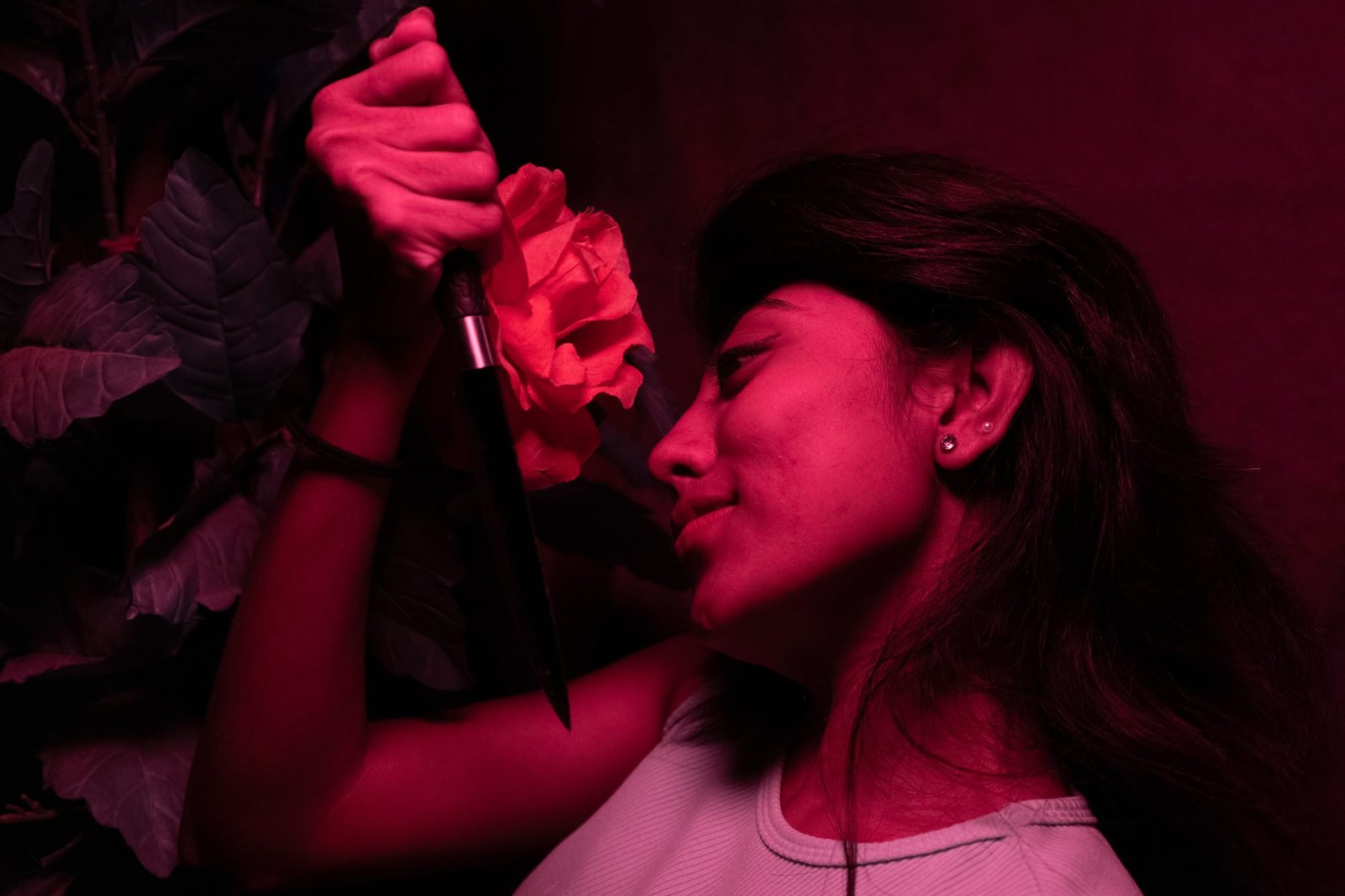Prioritizing Universal Access
We firmly believe that accessibility must be an integral aspect of every swinging club’s design and event planning. Providing an environment where everyone, regardless of ability, can fully participate ensures that our community stays inclusive, respectful, and diverse. By committing to universal access, we build trust and loyalty among members who know their needs will always be met.
Table Of Content
- Prioritizing Universal Access
- Physical Layout and Mobility
- Sensory-Friendly Features
- Accessible Restrooms and Private Spaces
- Inclusive Communication Methods
- Staff Awareness and Sensitivity Training
- Inclusive Event Programming
- Transportation and Arrival Assistance
- Collaborating with the Community
- Marketing Accessibility
- Emergency Preparedness
- Celebrating Diversity
- Our Commitment to Progress
Physical Layout and Mobility
One of the most critical elements of accessible club design is the physical layout. Pathways must be wide enough for wheelchairs, scooters, and other mobility aids. Entryways should have ramps with gentle slopes, automatic doors, and non-slip surfaces to aid guests with limited mobility. Elevators must be available in multi-level venues, with clear signage and regular maintenance checks to ensure safety.
We encourage clubs to offer adaptable furniture: adjustable-height tables, chairs without arms, and seating areas that can be rearranged to create more space. Dance floors and playrooms should be equally accessible, with smooth, level flooring and secure handrails where needed.
Sensory-Friendly Features
Many individuals in the community benefit from sensory-friendly spaces, especially those who are neurodivergent. Clubs can design quiet rooms or relaxation zones where music volume is lower, lighting is softer, and guests can decompress when overstimulated. Clear visual cues, consistent ambient lighting, and the absence of harsh strobe lights all contribute to an environment where more people feel at ease.
Event organizers should communicate what sensory conditions to expect in each space, allowing guests to plan their experience with confidence. Clear schedules and well-lit signage help guests navigate venues without stress.
Accessible Restrooms and Private Spaces
Fully accessible restrooms are non-negotiable. Clubs must ensure there are gender-neutral, spacious restrooms with grab bars, lowered sinks, automatic faucets, and emergency assistance buttons. Changing areas and private playrooms should also be designed with ample space for mobility aids and the privacy of caregivers or partners who may assist.
We recommend reviewing restroom layouts annually to confirm compliance with accessibility standards and to identify new ways to improve comfort for all guests.
Inclusive Communication Methods
Accessibility extends beyond physical design. Communication must also be inclusive. Event announcements, club websites, and printed materials should be available in multiple formats — large print, high contrast, and easy-to-read fonts. Venues can install hearing loops in key gathering areas for guests who use hearing aids.
Staff should be trained in basic sign language greetings and be familiar with the best practices for communicating with guests who have hearing or speech differences. This level of attentiveness signals respect and readiness to serve everyone equally.
Staff Awareness and Sensitivity Training
An accessible club culture is built by well-trained staff. Every team member — from hosts to security — should undergo regular training in disability etiquette, emergency response, and sensitivity. They must understand how to assist without overstepping personal boundaries or assuming needs.
Clear protocols help staff provide discreet, respectful assistance, whether guiding a guest to an elevator or helping adjust furniture. Proactive staff make all the difference in ensuring everyone feels welcome and supported.
Inclusive Event Programming
Accessible design goes hand in hand with inclusive programming. Organizers should plan events with a variety of activities to accommodate different physical abilities and comfort levels. For instance, some guests may prefer social mixers, educational workshops, or relaxed lounges instead of dance-heavy parties or playrooms.
Workshops and presentations should always include accessible seating arrangements, microphones, and captioning where possible. Venues that offer virtual event options broaden access further, allowing those unable to attend in person to connect with the community.
Transportation and Arrival Assistance
Accessibility starts before guests even enter the club. We encourage venues to provide clear directions for public transport, safe drop-off points, and reserved accessible parking near the entrance. Valet services or curbside assistance can reduce barriers for guests who require extra support.
Designated staff should be ready to help with check-in, bag handling, or guiding guests from parking areas to the club doors, ensuring a smooth and dignified arrival.

Collaborating with the Community
An authentic commitment to accessibility means regularly consulting with disabled and neurodivergent members. Clubs should create feedback channels — surveys, focus groups, or advisory boards — where guests can share experiences and suggestions for improvement.
By listening and adapting, we strengthen the sense of belonging that keeps our spaces vibrant and respected. When we respond to feedback, we prove that everyone’s comfort and dignity are priorities.
Marketing Accessibility
We must make accessibility visible from the first point of contact. Websites and promotional materials should clearly describe the venue’s accessible features, such as parking options, restroom specifications, and sensory-friendly amenities. High-quality photos or virtual tours help prospective guests assess whether the space suits their needs.
Transparent information reduces anxiety and empowers individuals to participate fully, knowing they won’t face unexpected barriers.
Emergency Preparedness
Emergency protocols must be designed with accessibility in mind. Clubs should have clear evacuation plans that accommodate guests who use wheelchairs or need extra time to exit. Staff should be trained to guide and assist calmly and efficiently. Accessible signage indicating exits, alarms with visual cues for those with hearing loss, and designated safe zones are vital.
Regular safety drills and equipment checks ensure preparedness is not theoretical but actionable at any moment.
Celebrating Diversity
We champion spaces where diversity is not just accepted but celebrated. Accessible clubs send a powerful message that all bodies, abilities, and identities are valued equally. This inclusive spirit strengthens our community and encourages new members to join without fear of exclusion.
Our Commitment to Progress
Accessibility is not a one-time project but an ongoing commitment. We must continually assess, adapt, and innovate as technology and community needs evolve. By setting high standards for accessible design and events, we honor every individual’s right to enjoy the swinging lifestyle fully, safely, and comfortably.
Through thoughtful design, inclusive programming, and unwavering respect, we ensure that our community remains a place where no one is left out — and everyone has a seat at the table, on the dance floor, or in the playroom.
Together, we build spaces that welcome every body, every story, every desire — with open doors and open hearts.




